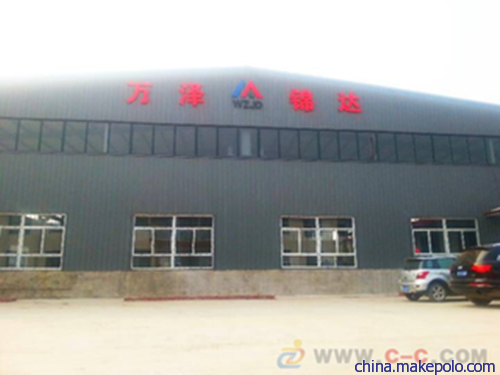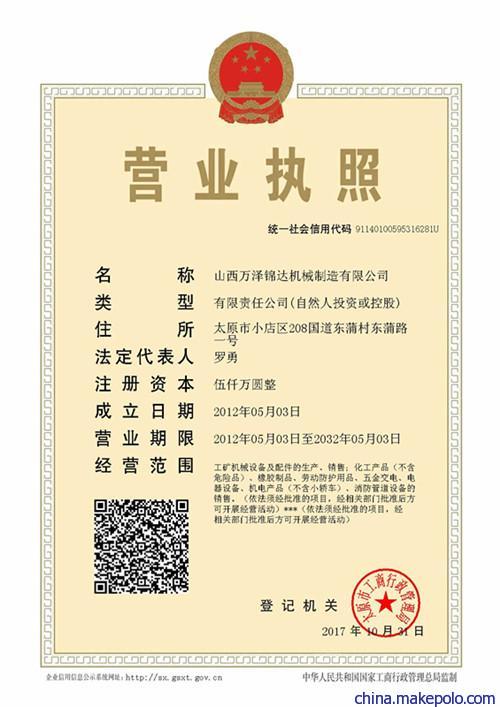
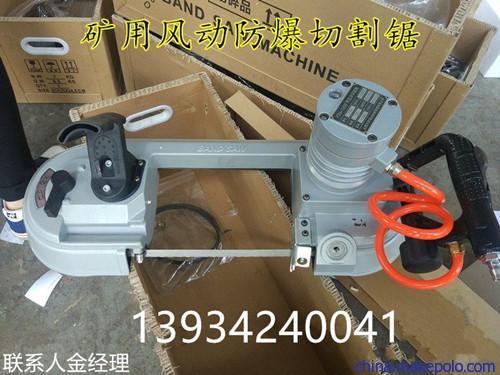
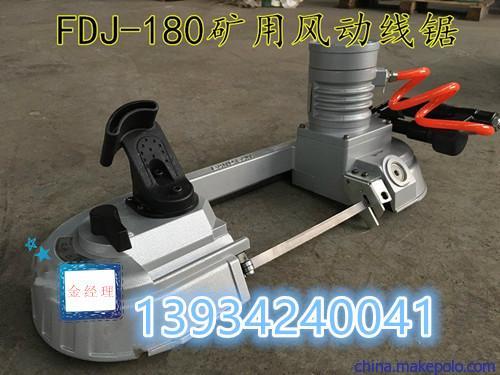
FDJ-120风动手持切割锯是我公司针对高危,安全系数要求特别高的工作环境,如化工.治炼厂.天然气开采.高危潮湿的隧道,水下及狭窄的空间作业,尤其是高瓦斯防爆矿井。山西万泽锦达矿山机械设备有限公司自主研发的新型多用途风动手持切割工具。它使用台湾进口气动马达作为动力输出,利用压缩空气作为动力源,不用电源。风动手持切割锯不但整机重量轻,操作简单,携带方便零火花,提高工作效益。本产品安全可靠是高危行业的最理想气动切割工具。
一.技术参数:1适用材料:不锈钢.铝,铜.铬合金,镍基合金,玻璃,纤维,木材,塑料,钢丝绳等。2切割范围:120mm*120mm圆型材料,220mm*120mm方型材料。3工作压力:0.3—0.8Mpa4外型尺寸:650*210*270
二.矿用轨道轻型3分钟轨道重型5分钟三.优点1.90°直切,45°斜切,立式切割一体机。2.运转速度只有砂轮机的1/60,安全无火花。3.切缝窄0.5mm,切割表面平整,精度高,无挂渣,无脱碳。4.锯条使用寿命长,单位切割成本低,一根锯条使用寿命等同于50-80片砂轮切割片,较电能锯节能60%

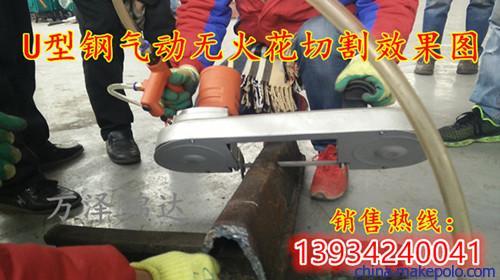
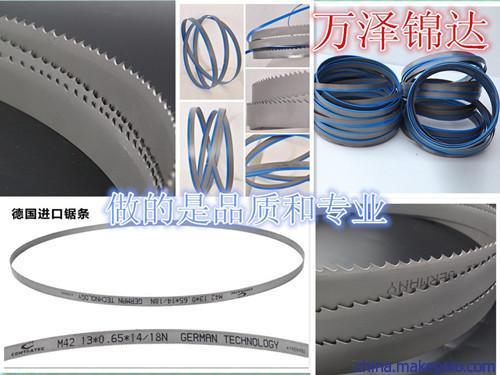
产品介绍
锚杆切割锯是在煤矿巷道掘进支护、修巷时,用于修整锚杆长度的一种支护工具,它可安全快速地切断直径24 mm以下的高强度锚杆;此外,它还解决了进风区、老塘、采空区、回风区、落山角的顶板快速放顶问题,使瓦斯、煤尘积存量缩小,预防了瓦..斯、煤尘积存的隐患。 切割材料及适用范围:(手持式防爆切割锯主要应用煤矿井下、高瓦斯矿井、石油管道、天然气管道、电缆等切割,要求切割过程不允许产生火花) 铁管、钢筋、电缆、铜管、铁棒、铜棒、锚杆、锚索、钢筋网、工字钢、槽钢、U型钢、H钢、角钢、矿工钢、轨道钢、C型钢。
使用方法:
1、了解所需切割的材料,如有必要可以通过降低空气压力来降低锯片的转动速度。
2、确保牢固固定了所需切割的材料,防止其移动。
3、气动空气马达时,用手指按压阀杆,然后开始切割。
4、用锯的重量来控制切割压力。对于较软的材料来说,这样的重量已经足够。过多的压力会降低锯片的速度。对于较硬的材料,可以通过加压的方式来降低锯片的转动速度。切割是保持锯笔直。锯片的任何扭曲或歪斜都可能降低其使用寿命。(注意:避开切割后可能掉落的碎片。切割即将完成时,切勿使锯碰到您的身体、工件或附近的其它人员。)
5、关闭空气马达时,释放阀杆。
6、下次切割开始前,锯片必须保持运动状态。气动锯时,锯片不能接触任何表面。
7、断开空气软管时,关闭空气软管阀。断开前,先打开空气阀给软管减压。
8、更换锯片前,务必断开空气软管,并推动阀杆以释放掉马达内的压力。
9、顺时针转动调整手柄以便释放锯片导杆上的张力。然后释放侧面板的锁以便打开侧面板。然后从驱动轮上取下锯片并将其从锯带导杆上松开
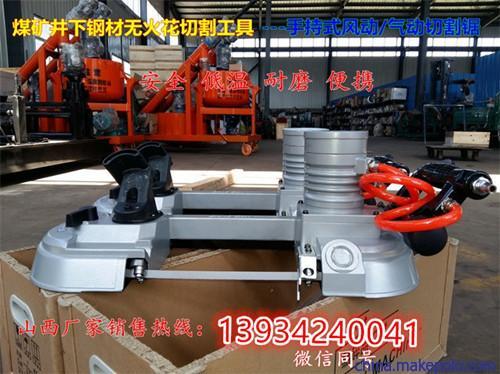
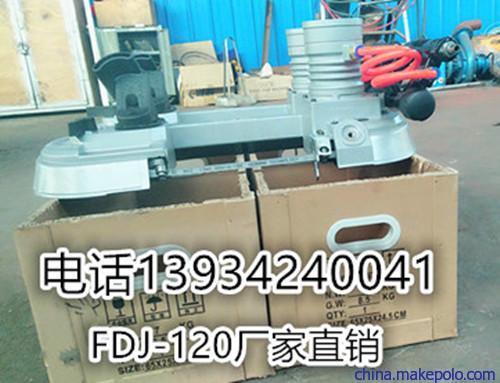

Cutting materials and applicable scope: (hand held explosion-proof cutting saw is mainly used for cutting coal mines, high gassy mines, oil pipelines, natural gas pipelines, cables and so on, which requires no sparks in the cutting process).
Iron, steel, copper, iron, copper, cable, anchor, steel mesh, I-beam, channel steel, U steel, H steel, steel, steel, steel, coal miners C steel rail.
FDJ-120 type mine emulsion pipe cutting saw, cable emulsion non spark cutting saw, the emulsion of -120 type coal mine angle cutting saw, mine explosion-proof structure steel cutting saw, FDJ-120 type tunnel U type steel cutting saw, I-beam without spark cutting machine, FDJ-120 type track cutting cutting saw, chain saw, cutting off the coal mine FDJ-120 type mine anchor cable cutting saw, pneumatic hand-held cutting saw no spark...
FDJ-120/180/230 hand-held emulsion / wind cutting saw use method:
1, understand the material needed to cut, if necessary to reduce the speed of rotation of the saw blade by reducing the pressure of the air.
2, ensure that the required cutting material is firmly fixed to prevent its movement.
3. When the emulsion motor is motor, the stem is pressed with the finger and then the cutting is started.
4, use the weight of the saw to control the cutting pressure. This weight is enough for softer materials. Too much pressure can reduce the speed of the saw blade. For harder materials, the speed of rotation of the saw blade can be reduced by pressure. The cutting is to keep the saws straight. Any twist or skew of the sawblade may reduce its service life. (notice: avoid debris that may fall after cutting. When the cutting is about to be finished, do not make the saw touch your body, the workpiece, or the other people in the vicinity.
5. When the air motor is closed, the stem is released.
6. The saw blade must remain moving before the next cutting begins. The saw blade can't contact any surface when a pneumatic saw.
7. When the air hose is disconnected, the air hose valve is closed. Before disconnecting, open the air valve and decompress the hose.
8. Before replacing the saw, be sure to disconnect the air hose and push the stem to release the pressure of Madane.
9, adjust the handle clockwise to release the tension on the sawing guide rod. Then release the lock of the side panel so as to open the side panel. Then remove the blade from the drive wheel and release it from the sawing guide rod.
Shanxi million Zejin Machinery Equipment Manufacturing Co., in 2002 began to engage in the specific work of mining engineering, then according to their own demand, starting their own R & D and production of series of mining machinery needs, and transformation into today, customers all over the country, machinery manufacturing industry leader. It is a factory specializing in mining equipment, the company produces the mine / emulsion pneumatic cutting saw technology mature, the quality is excellent.